Although Android switchers typically represent about 15 to 20 percent of iPhone purchases each quarter, they're not necessarily buying the models Apple would most like them to buy, according to new research estimates.
Switchers tend to pick the iPhone SE at twice the rate of existing iPhone owners, and the iPhone X at half the rate, Consumer Intelligence Research Partners said in its latest report. The firm indicated that Android owners tend to veer towards lower-cost iPhones in general, likely since they're used to cheaper prices and everything on an iPhone is new to them, making a less compelling case for top-end hardware.
At the same time, 40 percent of switchers do tend to pick larger Plus-sized iPhones, whereas the ratio is only 30 percent for upgraders. That may be because many Android phones are at least 5 inches, often closer to 6 and in some cases bigger. The iPhone 7 and 8 have 4.7-inch displays, whereas the iPhone 7 Plus and 8 Plus are 5.5 inches. The iPhone X is 5.8 inches, but also starts at $999, making it far more expensive than most Android-based products.
CIRP noted that its figures are based on a survey of 2,000 U.S. customers in a year ending this March.
Apple may be poised to shake things up in the fall. The company is expected to ship three new iPhones: 5.8- and 6.5-inch OLED models, and a less expensive 6.1-inch LCD model. The third could be aimed directly at switchers, ticking both of their essential boxes.
Apple may even be banking on this popularity, reportedly ordering more LCD panels instead of planning an equal split between OLED and LCD.
 Roger Fingas
Roger Fingas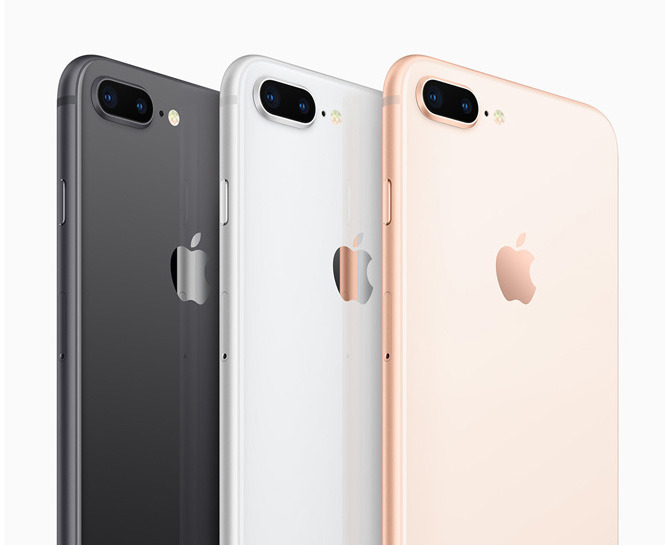
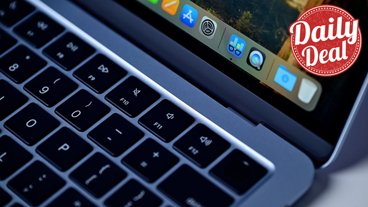
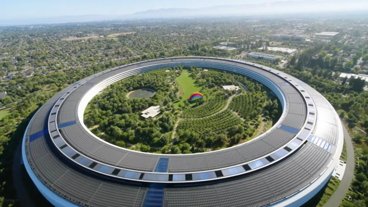

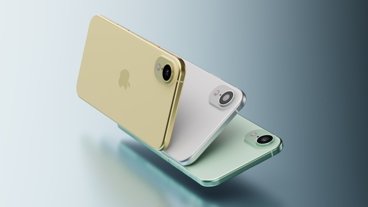
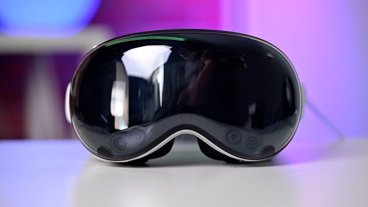


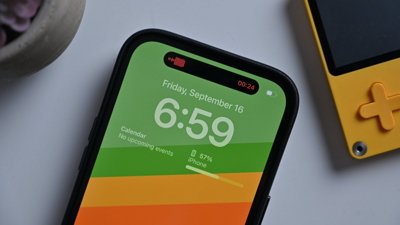
 Marko Zivkovic
Marko Zivkovic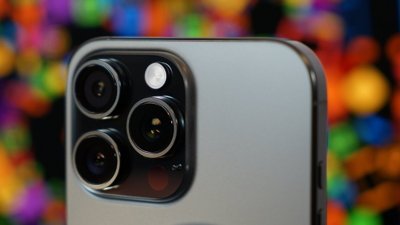
 Wesley Hilliard
Wesley Hilliard
 Christine McKee
Christine McKee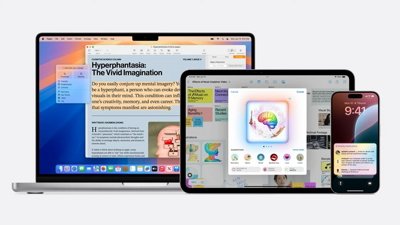
 Malcolm Owen
Malcolm Owen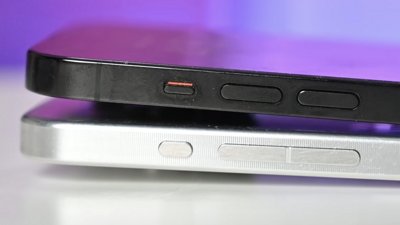

 William Gallagher
William Gallagher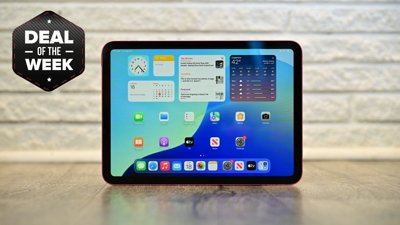
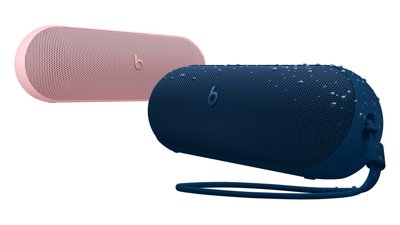
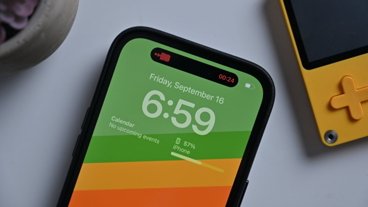
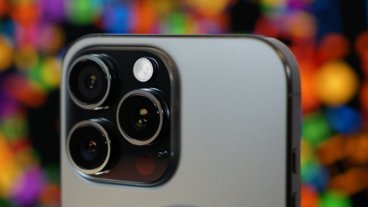
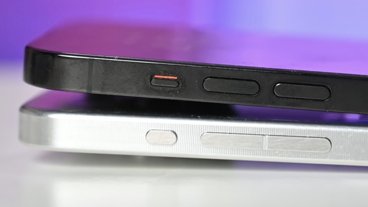


-m.jpg)
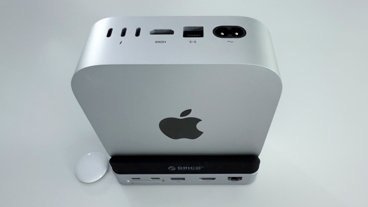
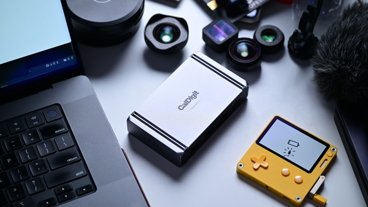

59 Comments
Duh. That's the part of the growing base that drives Apple services. What I am curious about, is whether these recent switchers then go on to upgrade similarly to the current base of users, holding on to their iPhones for an average of 4 years, but using their trade in value to buy more expensive devices.
Nah!
According to the "pundits" based on supply chain, there is no way iPhones are selling well. :D
After the switch to iPhone comes the switch to a Mac, the switch to iTunes, Apple Music, etc. The SE could be acting as a gateway drug to becoming assimilated into the Apple ecosystem. I’ve seen it in my own family, and friends in my age group (65+). People who I never thought would buy an iPhone did and are happy with the decision. I see very few Samsungs and almost no other Android phones at the Sunday morning coffee at church, (a mishmash of demographics in our particular case).
Of course it’s anecdotal but I do see it a lot.
But, realistically, things don’t look as good as some might believe. If 15-20% of Apple’s yearly iPhone sales come from switchers, and Apple’s total iPhone sales are only increasing very slightly, such as the 3% last year, what does that say about iPhone users overall? Are they switching to android?